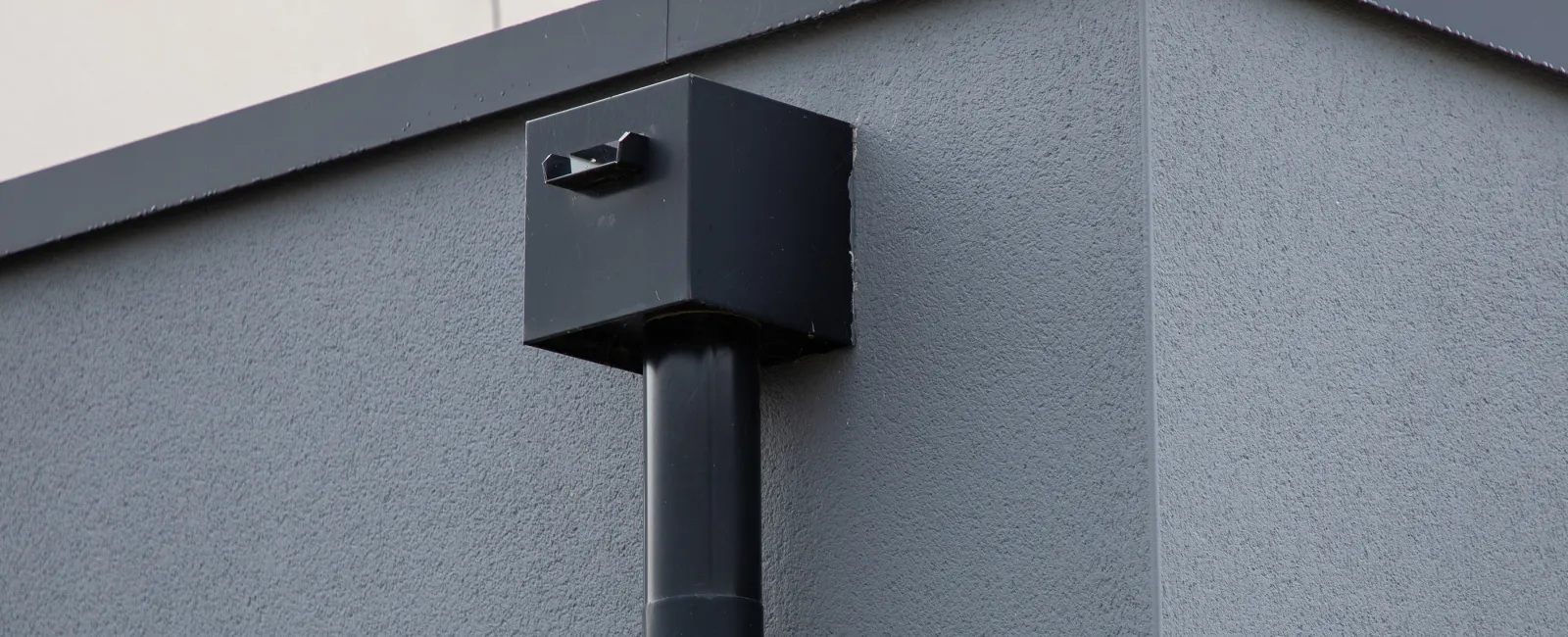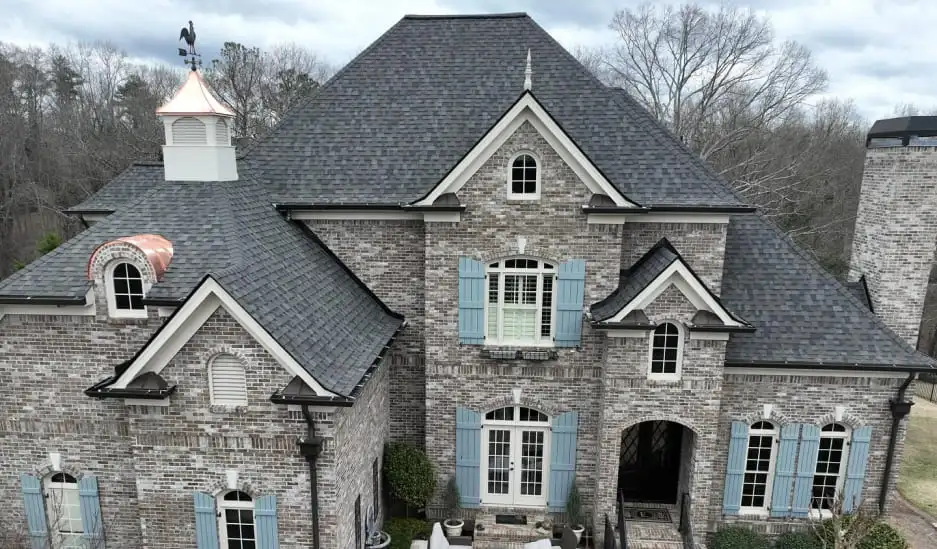Flat roofs have been a mainstay for large commercial buildings and are now gaining popularity with residential homes. It makes sense. A flat roof gives you all sorts of options you wouldn’t have with a sloped roof, such as an outdoor entertainment area or a rooftop garden. Flat roofs, however, also have a downside.
Because they are not sloped, they do not drain as easily. This article will tell you everything you need to know regarding how to drain water from a flat roof.
Inner drains
These drains are installed on the roof or inside of a parapet wall. This type of drain has been popular in commercial buildings for quite some time now. The upside of inner drains is that you can’t see the piping, so you don’t lose any of the aesthetic you were going for when you decided to have a flat roof. Another great thing about this flat roof drainage outlet is that it can decrease the chance that your roof will experience water damage. Also, because they are inside the roof, they are less likely to freeze or crack than other drainage systems.
On the other hand, this type of drainage system can cause costly problems if it gets clogged. This is one of the downsides of inner drains. They require frequent inspections to make sure that everything is in working order. If they were to get clogged, they could cause much water damage.
Aside from the frequent inspections, this is a great drainage solution for flat roofs.
Gutters
We’ve all seen gutter systems, and we are happy to report that they also work on flat roofs. You won’t see these on larger commercial buildings, but for homeowners, gutters are a cost-effective way to keep your flat roof dry. Gutters can even help protect the foundation of your house!
The downside to gutters is that they are exposed to the elements. These drains can clog easily and get damaged easily. But being a cost-effective solution also means they are inexpensive to fix or replace. The durability of flat roof gutter solutions depends greatly on the types of materials that you decide to use.
Scuppers
Some might say that scuppers draining a flat water roof is the most effective. This is a simple drainage solution with large openings in a building’s outer wall, allowing water to flow through it freely. Inside these holes are downspouts that protect the walls from water flowing through them.
As with any solution, there are downsides to scuppers. First and foremost, scuppers clog quite easily. This could cause levels of water build-up that can be bad for your roof and, if it gets bad enough, bad for your walls.
Scuppers are also susceptible to freezing because there is little protection between them and the outside environment. Because of this, scuppers are not recommended for colder climates that experience harsh winters.
Siphonic Drain
If you’re wondering how to slope a flat roof for drainage, this would be it. These drains are commonly used on big commercial buildings in areas with heavy rain. That is because they are fast and they are durable. So, how does the siphonic drain work?
A siphonic drain is a gravity-induced pump that pulls water away from the roof and sends it through several drains. All these drains go to a single “leader” pipe. Siphonic drains are fast and efficient when working properly, taking up a surprisingly small amount of space.
The downside to these drains is the same as to inner drains. While they don’t clog easily, you want to ensure that you are constantly checking them to ensure they don’t get clogged. However, the consequence of siphonic drain clogging is less than other flat roofing drainage options.
If you are in the market for a flat roof drainage system or want to learn more, please contact Findlay Roofing today!



